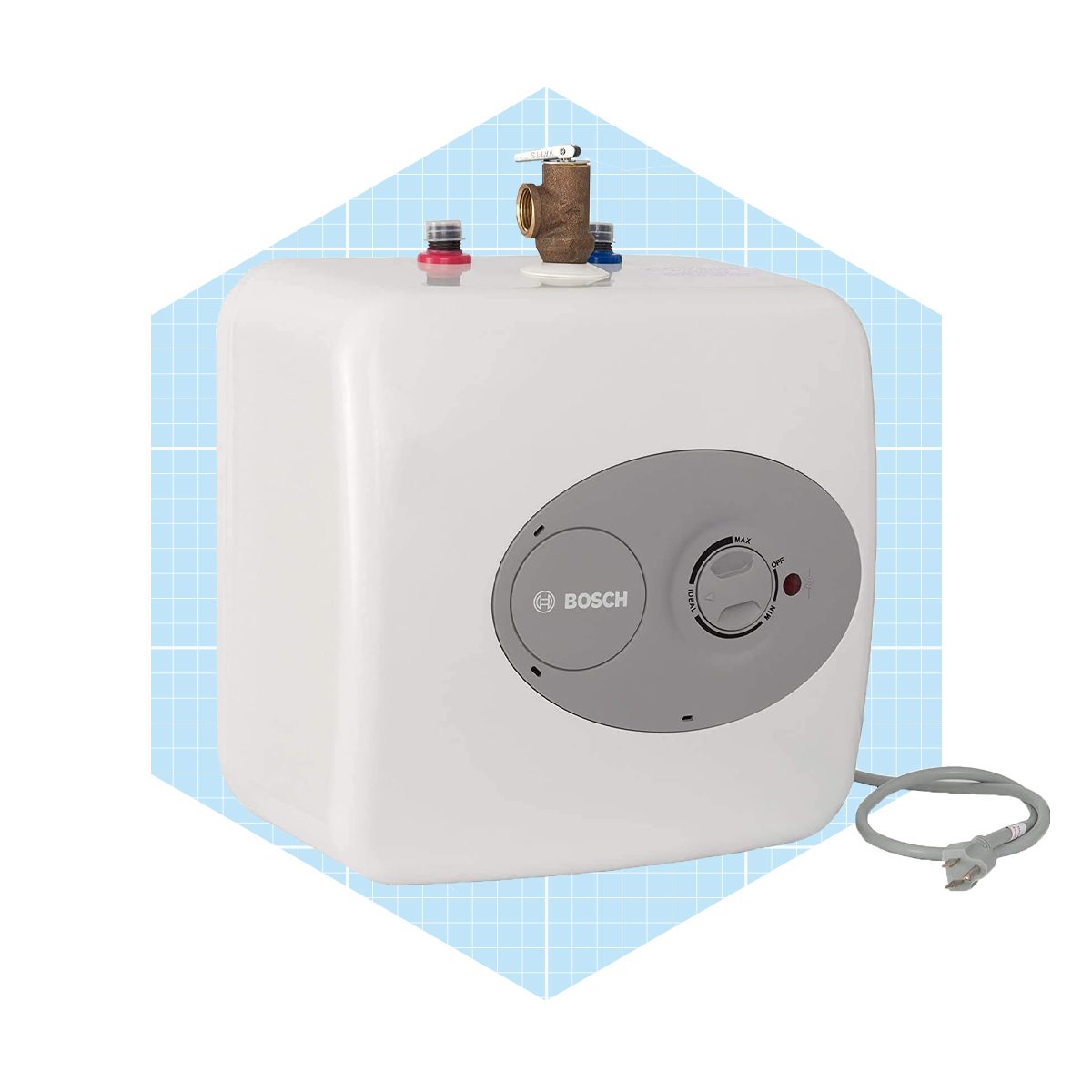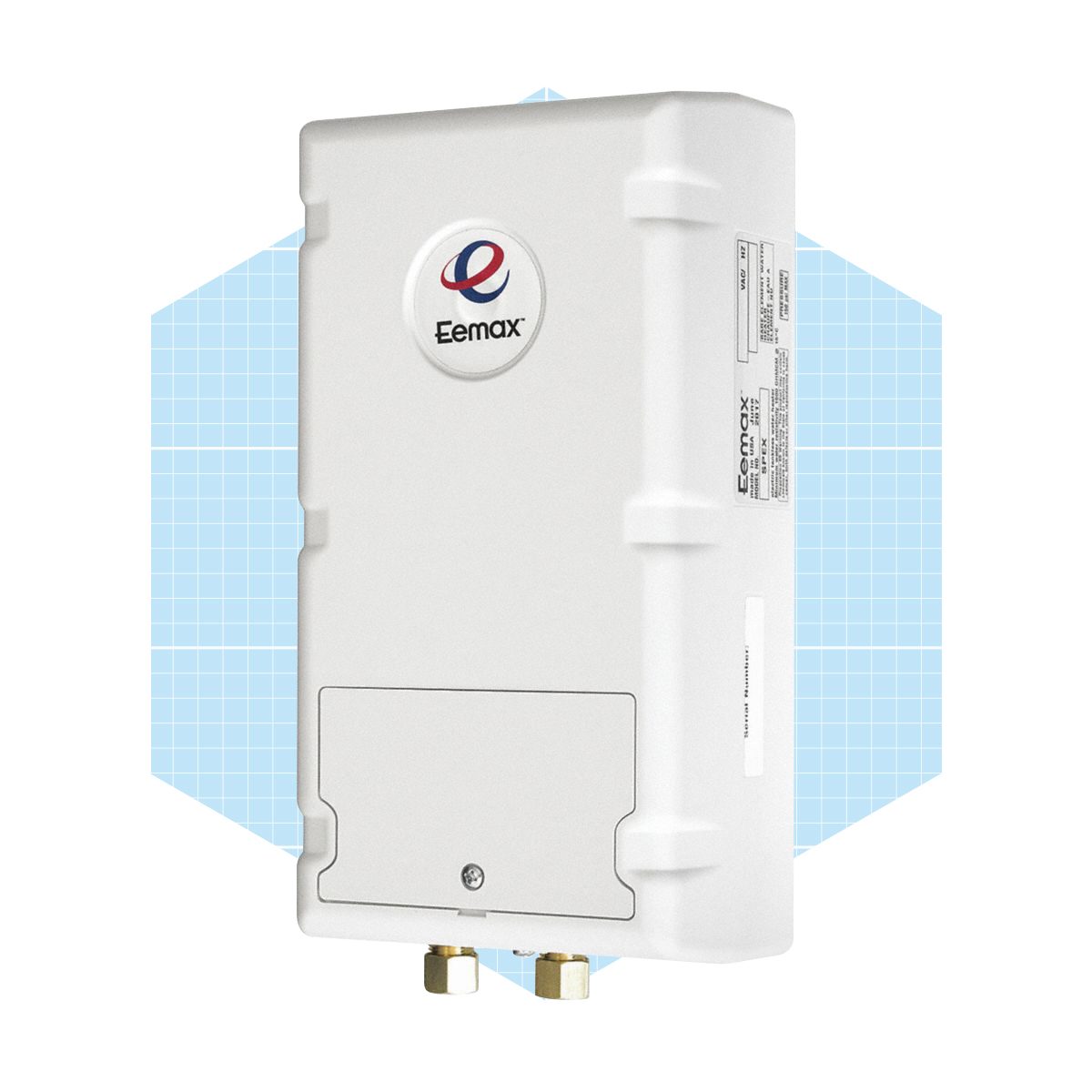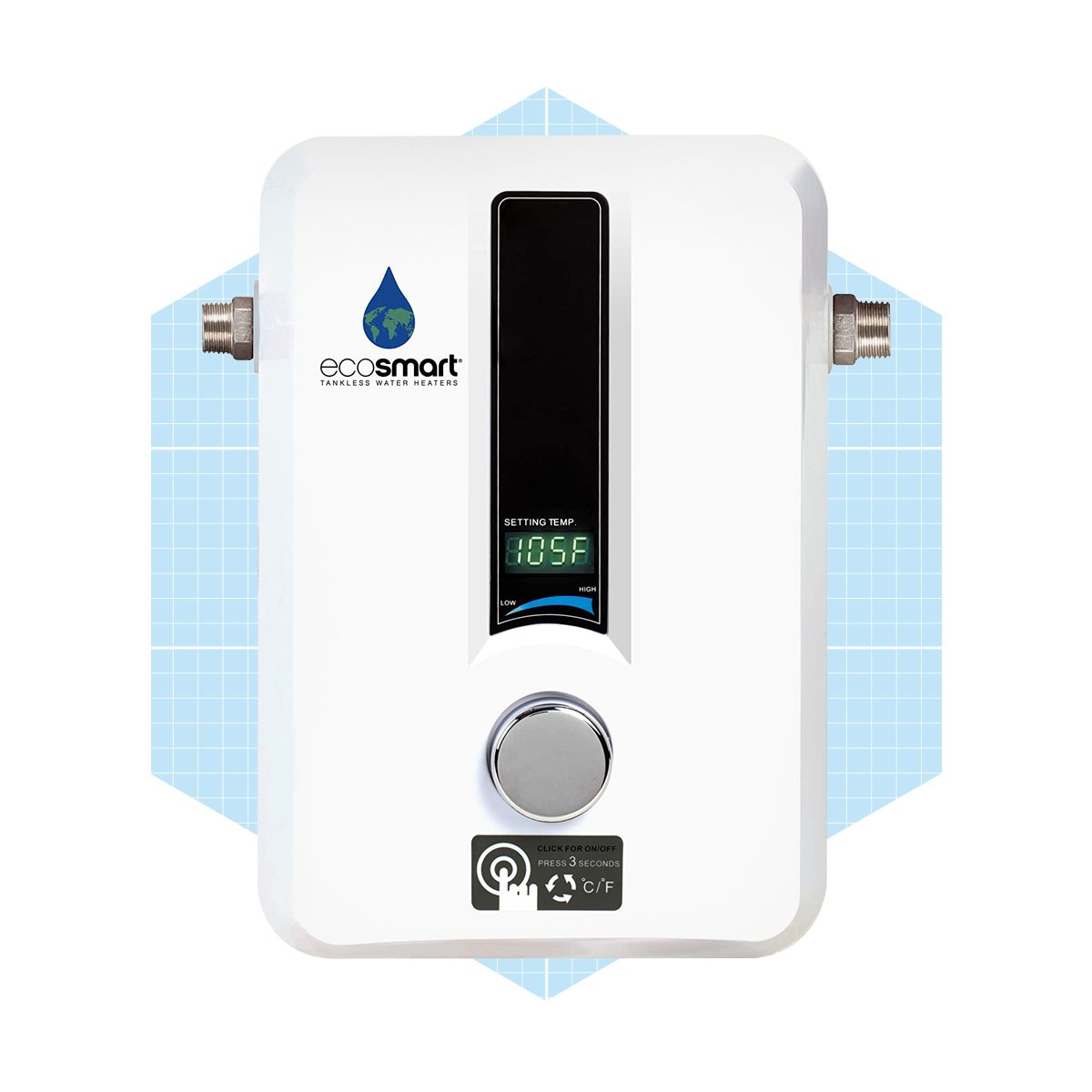One of the things I liked about living in Japan 20 years ago was the on-demand water heater that supplied the kitchen sink. Turn it on, and you had instant hot water for doing dishes, cooking, washing, etc. On-demand kitchen water heaters were common household fixtures and even considered necessary appliances.
If you want that kind of convenience in North America, you can definitely have it, but it’ll probably be different than the one I had.
For one thing, most North American on-demand water heaters go in the cabinet under the sink, not mounted to the wall over it. For another, most Japanese water heaters run on natural gas, while virtually all North American ones are electric. That’s because it’s hard to vent a gas appliance in a closed space like a sink cabinet. And in North America, you can choose between tank and tankless designs.
But if you already have a central water heater, isn’t an under-sink water heater redundant? Maybe, if the distance between the main water heater and the sink is short. But if it isn’t, the under-sink water heater can be a water-saving asset.
Consider this: If the flow rate from your faucet is two gallons per minute (which is common) and you have to wait 30 seconds for hot water, you waste a gallon of water every time. If you use hot water three times a day, you could be dumping 600 gallons down the drain every month. An under-sink water heater can prevent that.
What Is an Under-Sink Water Heater?
An under-sink water heater, aka a point-of-use water heater, is basically a small version of a whole-house water heater, providing instant hot water at the sink.
Because they’re made for cramped quarters, tank-style under-sink water heaters have limited storage capacity — usually from two and a half to four gallons. The flow rate depends on the main plumbing, but most can handle up to three gallons per minute.
Under-sink water heaters can be connected to the main hot or cold water supply. When the water heater is the sole source of hot water, it’s connected to the cold supply. But when it makes hot water available faster, it’s usually connected to the hot supply.
Types of Under-Sink Water Heaters
Under-sink water heaters are all electric but vary in several ways:
Tank vs. tankless: Tank-style holds a ready supply of hot water, but may have to cycle on occasionally to keep it warm. A tankless on-demand model comes on only when there’s demand for water and typically consumes more power when it’s on than a tank-style model.
Voltage: These come in 120- and 240-volt models. Because they need more instantaneous power, many require 240 volts, while tank-style models often need only 120 volts. Models that operate at the lower voltage usually have plugs, while those at the higher voltage are hardwired.
Standing vs. hanging: Tank-style water heaters typically rest on the bottom of the cabinet while on-demand models hang from the side.
How Much Does an Under-Sink Water Heater Cost?
Prices range from $50 to $300, not including installation, which runs $100 to $200 depending on the plumber’s hourly rate. There will also be a few extras, such as supply hoses (inexpensive) and a new electric circuit under the sink if one isn’t available (costly).
DIY installation is also a possibility. See below.
Pros and Cons of an Under-Sink Water Heater
Instant hot water brings added benefits:
- Reduced water wastage;
- Convenience for cooking or cleaning.
- Inexpensive and easy to install.
- Low- to no-maintenance.
Some of the drawbacks to consider:
- Higher electric bill;
- Reduced storage space under the sink;
- Fluctuating water temperature, particularly with on-demand models;
- Limited supply of hot water, particularly with tank-style models. You may run out.
How To Install an Under-Sink Water Heater
You can DIY an under-sink water heater if you have basic plumbing skills, but there are two prerequisites: adequate space in the under-sink cabinet and a power source.
If you need to remodel the cabinet, you can do that yourself. But you’ll probably need to hire an electrician if you need a new electric circuit. Once the prerequisites are met, installation involves the following:
- Position the device in place, setting it on a solid base or hanging from brackets.
- Disconnect the hot water supply from the faucet and connect it to the water heater inlet.
- Connect the faucet to the water heater outlet.
- Plug in the unit or hard-wire it.
If the sink only has a cold water supply, install a tee in the pipe so you can branch it. One branch goes to the faucet and one goes to the water heater, which in turn connects to the faucet with a separate hose.
Best Under-Sink Water Heaters
You can choose a tank or tankless model. The latter offers a choice of voltages. Here are our picks for three great options:
Best Tank-Style

Though the Bosch Tronic 3000 is compact and fits easily in small spaces, it holds four gallons, more than most similar water heaters. It has a glass-lined tank, a 120-volt power cord and can be mounted on a floor or wall.
Best 120V Tankless

The Eemax Electric Tankless Water Heater measures 9-3/4- by 5-1/4- by 3-in. and can be mounted on the side of a reasonably large cabinet. It draws 3,000 watts at 120 volts, a significant amount of power. Remember: It’s only on when the water’s running. If you already have a power outlet for your garbage disposal, you can plug this unit into it.
Best 240V Tankless

The EcoSmart Eco 11 Tankless Water Heater provides a flow between 1.3 and 3.1 gallons per minute, depending on the incoming water temperature. The unit measures 11-1/2- by 8- by 3-1/2-in. and can fit inside the sink cabinet or on the wall next to the sink. It must be connected to a 60-amp double-pole breaker.
Did you miss our previous article...
https://rsssuperfeeds.com/life-hacks/10-amazing-beforeandafter-kitchen-remodels






